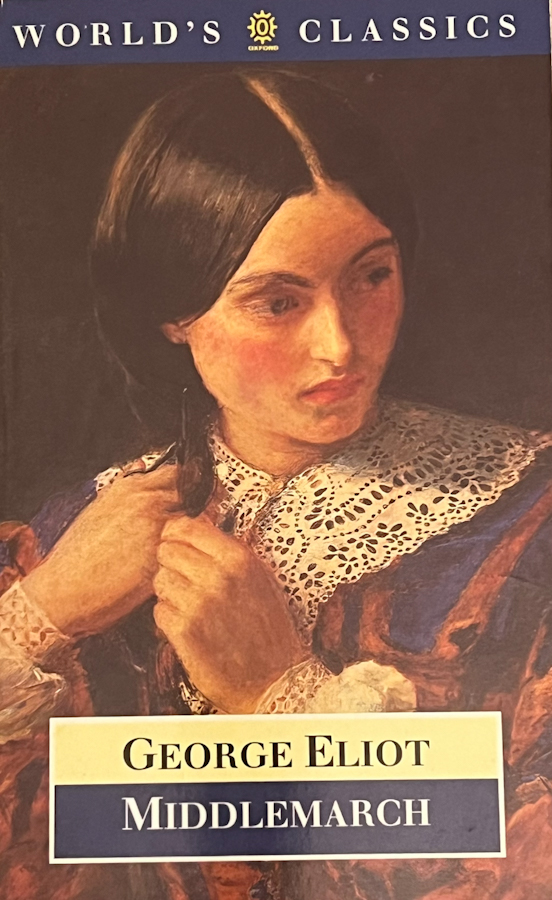Edited with an Introduction by David Carroll
George Eliot's most famous novel - considered by many the greatest in the language - subtly tests the high ideals and ambitions of its characters against the complex realities of English provincial life.
Middlemarch (1871-2), subtitled 'A Study of Provincial Life', depicts a Midlands community in the years immediately before the First Reform Bill of 1832. The novel's scope, however, goes far beyond such a description, ranging with great imaginative power from subtle psychological analysis to the larger movements of European culture and history.
In addition, this panoramic novel dramatizes and explores some of the most potent myths of Victorian literature, with Dorothea Brooke, the modern St Theresa, seeking an epic life in a world of rural gentility; Fred Vincy, the young man, hoping to fulfil his great expectations; Lydgate, the scientist, dangerously searching for the secret of life; and Bulstrode, the respectable banker, trying desperately to overcome his blackmailer and his guilty past. These and other strands are intricately woven to create the complex web of English provincial life at a crucial historical moment.
The text is taken from Professor Carroll's Clarendon Middlemarch (1986), the first critical edition of the novel.


